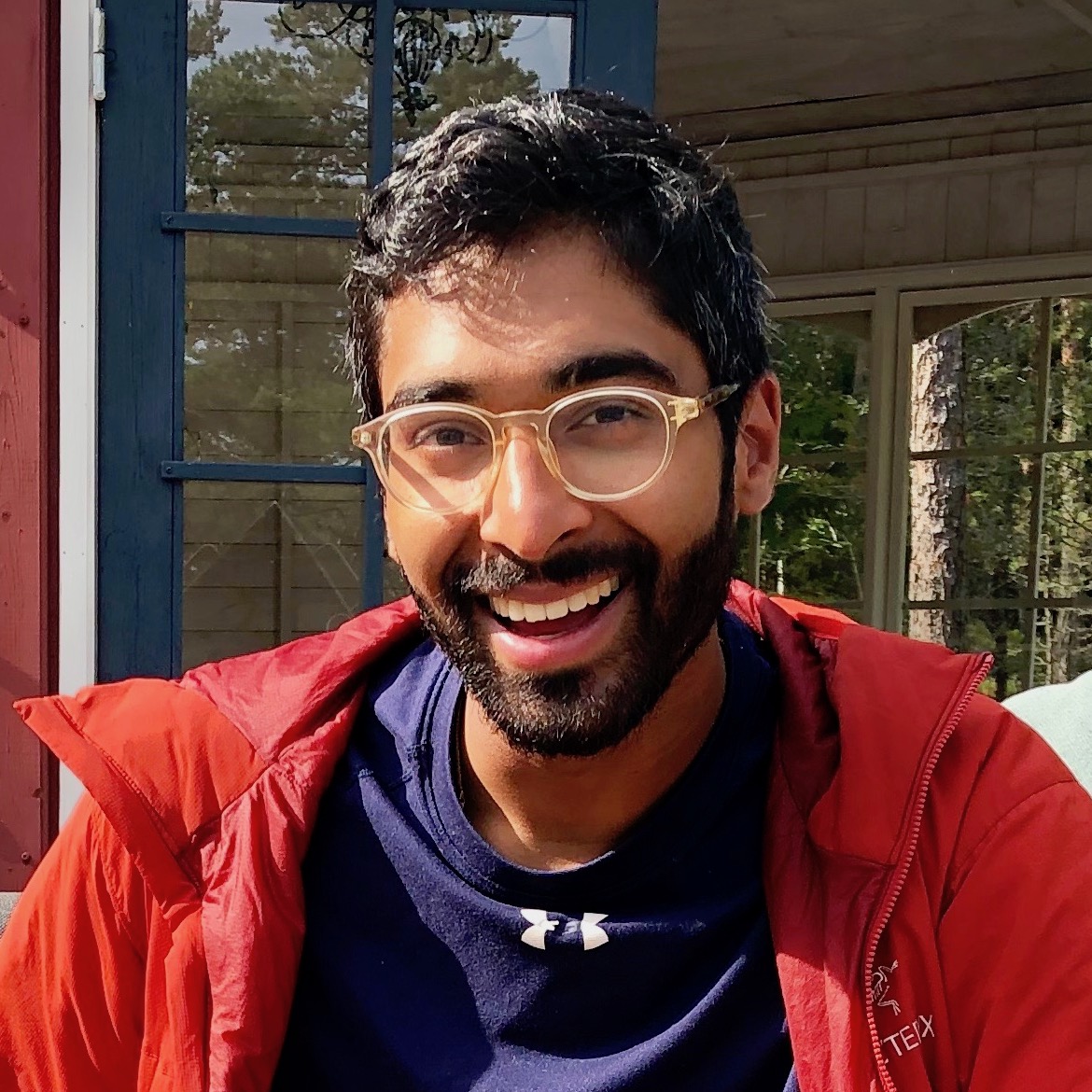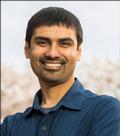Cited By
View all- Sui YZhao MXia JJiang XXia S(2024)TRAMBA: A Hybrid Transformer and Mamba Architecture for Practical Audio and Bone Conduction Speech Super Resolution and Enhancement on Mobile and Wearable PlatformsProceedings of the ACM on Interactive, Mobile, Wearable and Ubiquitous Technologies10.1145/36997578:4(1-29)Online publication date: 21-Nov-2024
- Han FYang PZuo YShang FXu FLi X(2024)EarSpeech: Exploring In-Ear Occlusion Effect on Earphones for Data-efficient Airborne Speech EnhancementProceedings of the ACM on Interactive, Mobile, Wearable and Ubiquitous Technologies10.1145/36785948:3(1-30)Online publication date: 9-Sep-2024
- Yang QLiu YStuchbury-Wass JButkow KMa DMascolo CKostakos VKay JHoang T(2024)BrushBuds: Toothbrushing Tracking Using Earphone IMUsCompanion of the 2024 on ACM International Joint Conference on Pervasive and Ubiquitous Computing10.1145/3675094.3680521(655-660)Online publication date: 5-Oct-2024
- Show More Cited By




